Tea, the second most consumed beverage globally, is cherished for its diverse flavors, aromas, and cultural significance. Whether you enjoy a delicate green tea, robust black tea, or aged puerh, preserving its quality is essential to savor its full potential. Proper storage prevents oxidation, moisture damage, and flavor degradation, ensuring every cup remains as vibrant as the day it was packaged. This comprehensive guide explores the science behind tea preservation, the best containers, environmental conditions, and type-specific strategies to keep your tea leaves fresh for months—or even years.
Understanding the Enemies of Tea Quality
To master tea preservation, one must first identify the factors that threaten its freshness. Tea leaves are highly porous and reactive, making them susceptible to five primary adversaries: light, moisture, air, heat, and odors.

-
Light: Ultraviolet (UV) rays from sunlight or artificial light accelerate chemical reactions in tea leaves, breaking down chlorophyll and volatile compounds responsible for aroma and flavor. This process, known as photodegradation, turns vibrant green teas dull and flattens the nuanced profiles of oolongs and black teas.
-
Moisture: Even small amounts of humidity can reignite enzymatic activity in tea leaves, leading to mold growth, fermentation (in non-aged teas), or a stale, musty taste. The ideal humidity level for tea storage is below 50–60%.
-
Air (Oxygen): Oxygen triggers oxidation, the same process that transforms fresh tea leaves into black tea during manufacturing. While controlled oxidation is intentional in tea production, unchecked exposure post-processing degrades flavor and color, leaving tea tasting flat or astringent.
-
Heat: Elevated temperatures accelerate molecular movement, speeding up oxidation and the breakdown of essential oils and antioxidants. Tea stored above 25°C (77°F) risks losing complexity within weeks.
-
Odors: Tea leaves’ porous nature makes them excellent absorbers of surrounding smells. Storing tea near spices, coffee, or cleaning products can permanently alter its taste.
Choosing the Right Container: Material Matters
The container you use is your first line of defense against the elements. Ideal materials block light, air, and moisture while preserving the tea’s integrity.
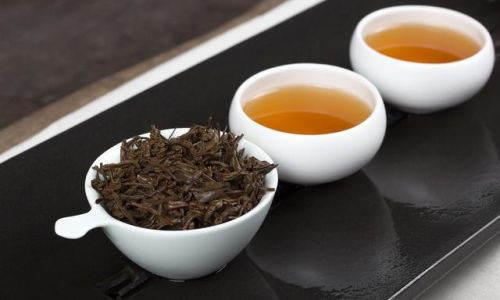
-
Ceramic or Stoneware Caddies: These are excellent for daily use. Opt for opaque, glazed interiors to prevent light penetration and moisture absorption. Ensure the lid fits snugly to minimize air exchange.
-
Tin or Stainless Steel Canisters: Lightweight and durable, metal containers provide an airtight seal and shield against light. Avoid unlined tin, as it may react with acidic teas like hibiscus blends.
-
Dark Glass Jars: Amber or cobalt blue glass blocks UV rays, but glass alone is porous to air. Pair it with a silicone-sealed lid and store the jar in a dark cupboard to mitigate this issue.
-
Vacuum-Sealed Bags: Ideal for long-term storage, vacuum bags remove oxygen and seal in freshness. However, avoid resealing opened bags multiple times, as punctures can compromise the seal.
-
Avoid Plastic: While convenient, plastic containers (especially low-grade ones) may leach chemicals and fail to block odors. If using plastic, opt for food-grade, BPA-free options and replace them every 6–12 months.
Storage Location: Pantry vs. Refrigerator
Where you store your tea matters as much as how.
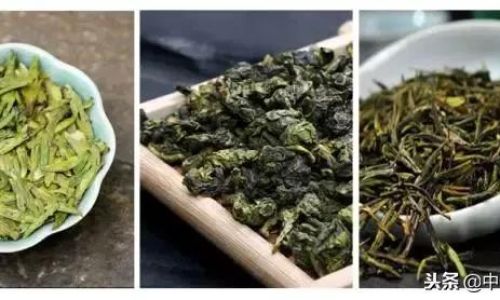
-
Pantry or Cupboard: The best location for most teas. Choose a cool, dry spot away from stoves, windows, or appliances that generate heat. A dedicated tea drawer or shelf in a dark pantry is ideal.
-
Refrigerator: Use only for green, white, or yellow teas in humid climates. Place tea in airtight, moisture-proof containers to prevent condensation when removing them from the fridge. Avoid frequent temperature fluctuations, as they cause moisture buildup.
-
Avoid the Freezer: Freezing tea is rarely necessary and can damage delicate leaves. If storing aged puerh or herbal blends long-term, use vacuum-sealed bags and thaw them in the fridge before opening.
Type-Specific Storage Strategies
Different teas require tailored approaches due to varying oxidation levels and processing methods.
-
Green and White Teas: These delicate, unoxidized teas are prone to staling. Store them in airtight, opaque containers in a cool pantry (15–20°C / 59–68°F). For extra protection in humid areas, refrigerate in vacuum-sealed packs. Consume within 6–12 months.
-
Oolong Teas: Semi-oxidized oolongs benefit from slightly permeable containers like ceramic caddies, which allow gradual oxidation for aging (for traditional styles like Tie Guan Yin). Lightly oxidized oolongs (e.g., green oolongs) need stricter airtight storage.
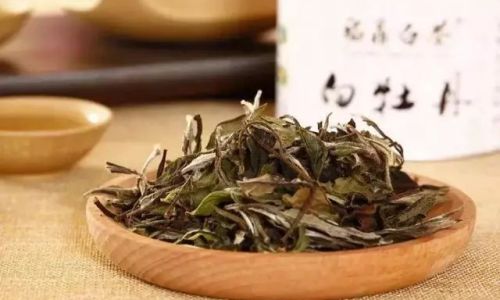
-
Black Teas: Fully oxidized black teas are more stable but still vulnerable to moisture and odors. Use airtight tins or metal canisters and store in a dark pantry. Avoid refrigeration, as it can dry out the leaves.
-
Puerh Teas: Aged puerh is an exception—it thrives in controlled humidity (60–70%) and ventilation. Store puerh cakes in porous clay jars or breathable paper bags in a cool, dark room. Avoid airtight containers, as they prevent the microbial aging process.
-
Herbal and Flavored Teas: These often contain oils, dried fruits, or spices that degrade faster. Use opaque containers and refrigerate if they include moisture-sensitive ingredients like citrus peels.
Common Mistakes to Avoid
- Leaving Tea in Original Packaging: Paper bags or thin foil packets offer minimal protection. Transfer tea to airtight containers within a month of purchase.
- Storing Near Strong Odors: Keep tea away from garlic, onions, or cleaning supplies. Even subtle scents like coffee can permeate leaves.
- Using Clear Containers: Glass jars without UV protection expose tea to light—a common error in tea shops displaying products.
- Overfilling Containers: Leave 1–2 cm of space at the top to prevent crushing delicate leaves and allow proper sealing.
How to Tell If Your Tea Has Gone Bad
- Smell: Fresh tea should have a clean, aromatic scent. Rancid, musty, or dull odors indicate spoilage.
- Appearance: Mold (fuzzy spots) or excessive leaf brittleness are red flags.
- Taste: Stale tea tastes flat, astringent, or overly bitter. Aged puerh or black teas may mellow, but sharp off-flavors signal decay.
Extending Shelf Life: Advanced Tips
- Batch Small Portions: Divide large tea quantities into weekly servings. Store the rest in vacuum bags to minimize air exposure.
- Use Desiccants: Silica gel packets (non-toxic, food-safe) absorb excess moisture in humid climates. Replace them every 3 months.
- Label Containers: Note the tea type, harvest date, and storage date to track freshness.
Conclusion: The Ritual of Preservation
Storing tea is not merely practical—it’s an act of respect for the craftsmanship behind each leaf. By shielding tea from light, moisture, and air, you preserve not just its flavor but the story of its origin. Whether you’re safeguarding a rare puerh cake for future generations or ensuring your morning green tea tastes as bright as spring, these principles will elevate your tea experience. Remember: a well-stored tea is a time capsule, ready to unfold its layers with every infusion.
Invest in quality containers, choose your storage space wisely, and let each cup remind you that patience and care are the truest companions of tea.
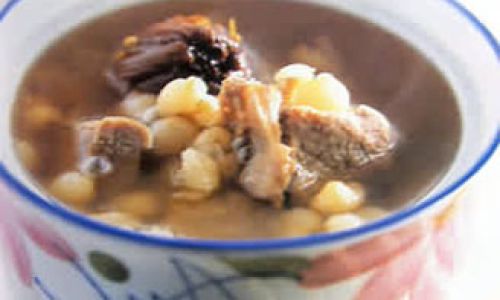
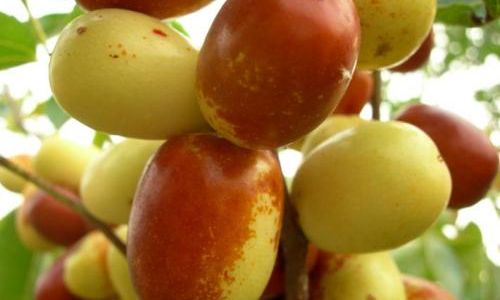
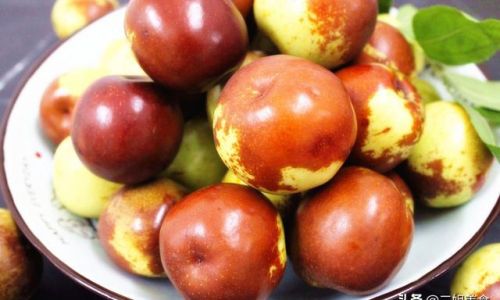
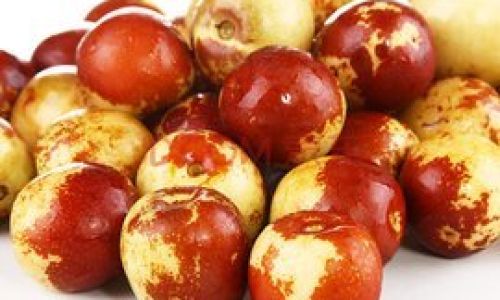
0 comments